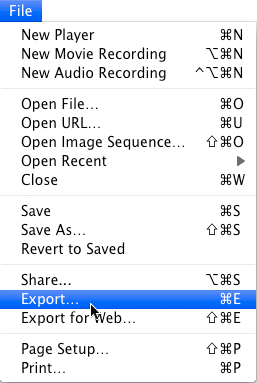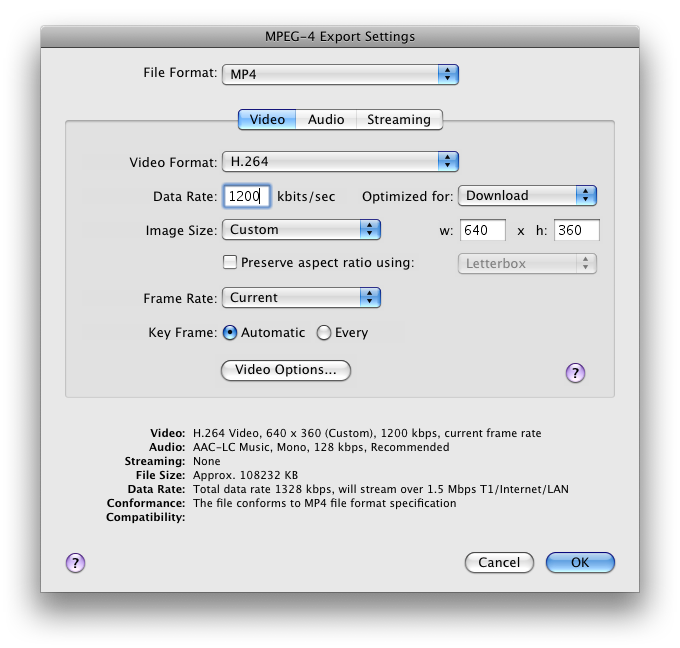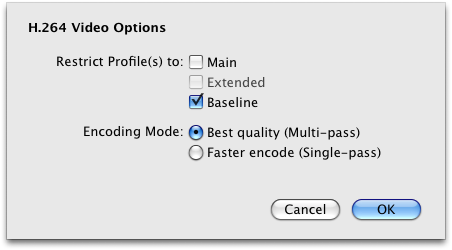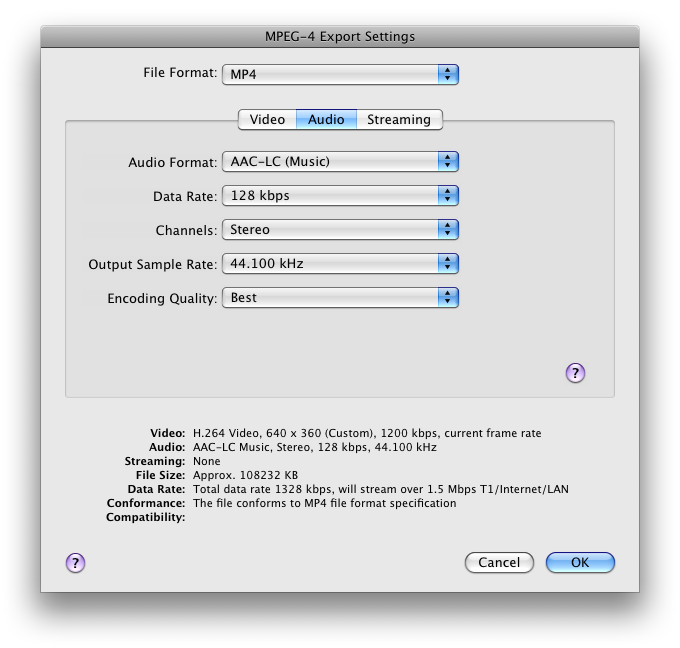2007 is almost over, and at least I can now list the launch of this website as one of my accomplishments during the year. It didn’t really require a year’s worth of work, but it did take a year before I finally set aside a weekend to make it happen. In 2008, I hope to do something else I’ve been putting off for some time—archiving my family’s home video collection digitally and with redundancy. I’ve had a DVD recorder for almost a year now, so it sounds like it’s just about time I put it to use. Here’s my plan:
For VHS source material:
- Analog transfer to DVD in real-time using DVD recorder.
- Rip DVD as 640 x 480 H.264 video, and upload to my website in an organized password-protected directory. Stuff I’m willing to share will be available at thewysz.com/video and also places like YouTube.
- Keep DVD copy as backup and for TV viewing.
For DV source material:
- Capture directly to computer via FireWire.
- Convert to 640 x 480 H.264 video and upload to website.
- Digital transfer to DVD in real-time using FireWire input on DVD recorder.
- Keep DVD copy as a backup and for TV viewing.
For HDV source material:
- Capture directly to computer via FireWire.
- Convert to 1080 x 1920 H.264 video and upload to website (I wonder how big these files are!)
- Digital transfer to DVD in real-time via FireWire input on DVD recorder. Fortunately, my camera converts HDV to DV on the fly.
- Keep DVD copy as a backup.
Once this is all through, I’d like to create a duplicate of each DVD and mail it home to Pennsylvania, so I have an offsite backup of everything.
If I had unlimited storage and a higher speed connection, I’d also keep copies of the video in its original format since there is no loss in quality and it’s friendlier for editing. However, until that is the case, I think I’ll go with H.264 for my digital storage. Plus, H.264 is good if people actually want to view videos on my website; not that many people will be able to properly view a DV file in their web browsers.
Since I likely won’t be starting this process for at least another month, and because it will be a long-term investment, I’m very open to comments on my plan before I get started. I want to do this right, but I also want to do it in a scalable way, so editing each event and delivering it on a fancy-pants DVD (or HD DVD or Blu-ray) complete with custom menus isn’t an option. Let me know what you think!




